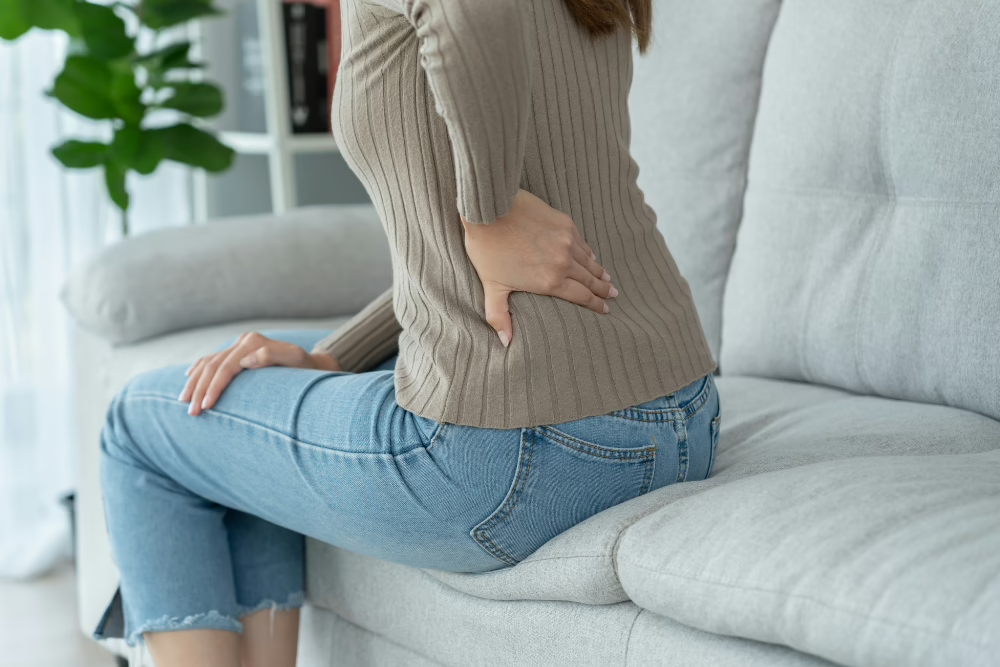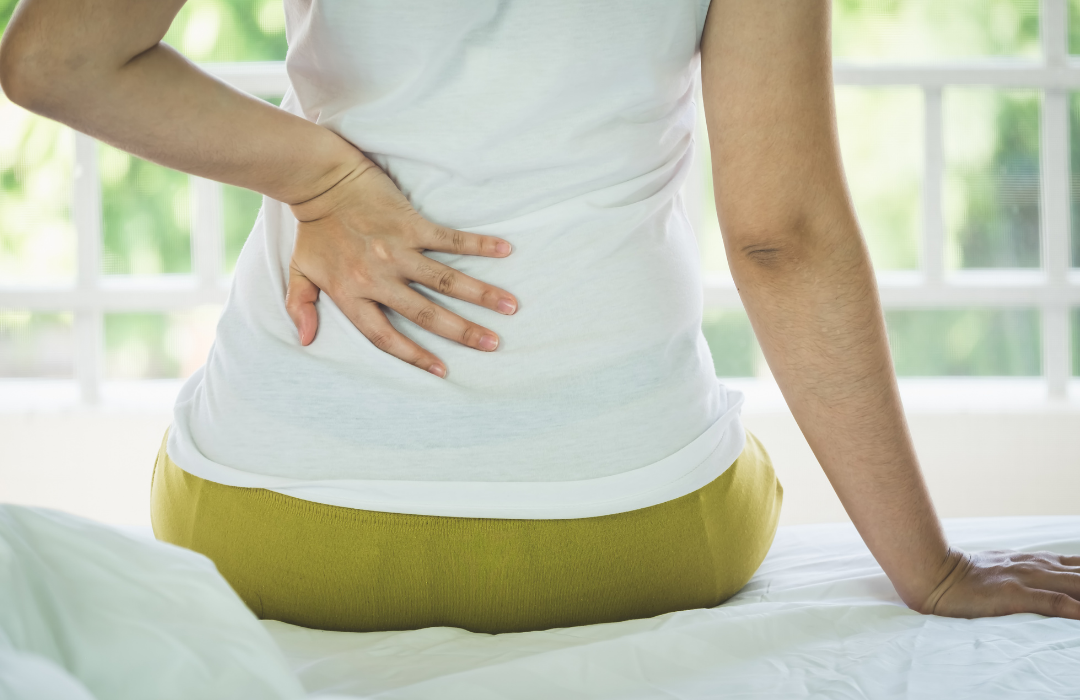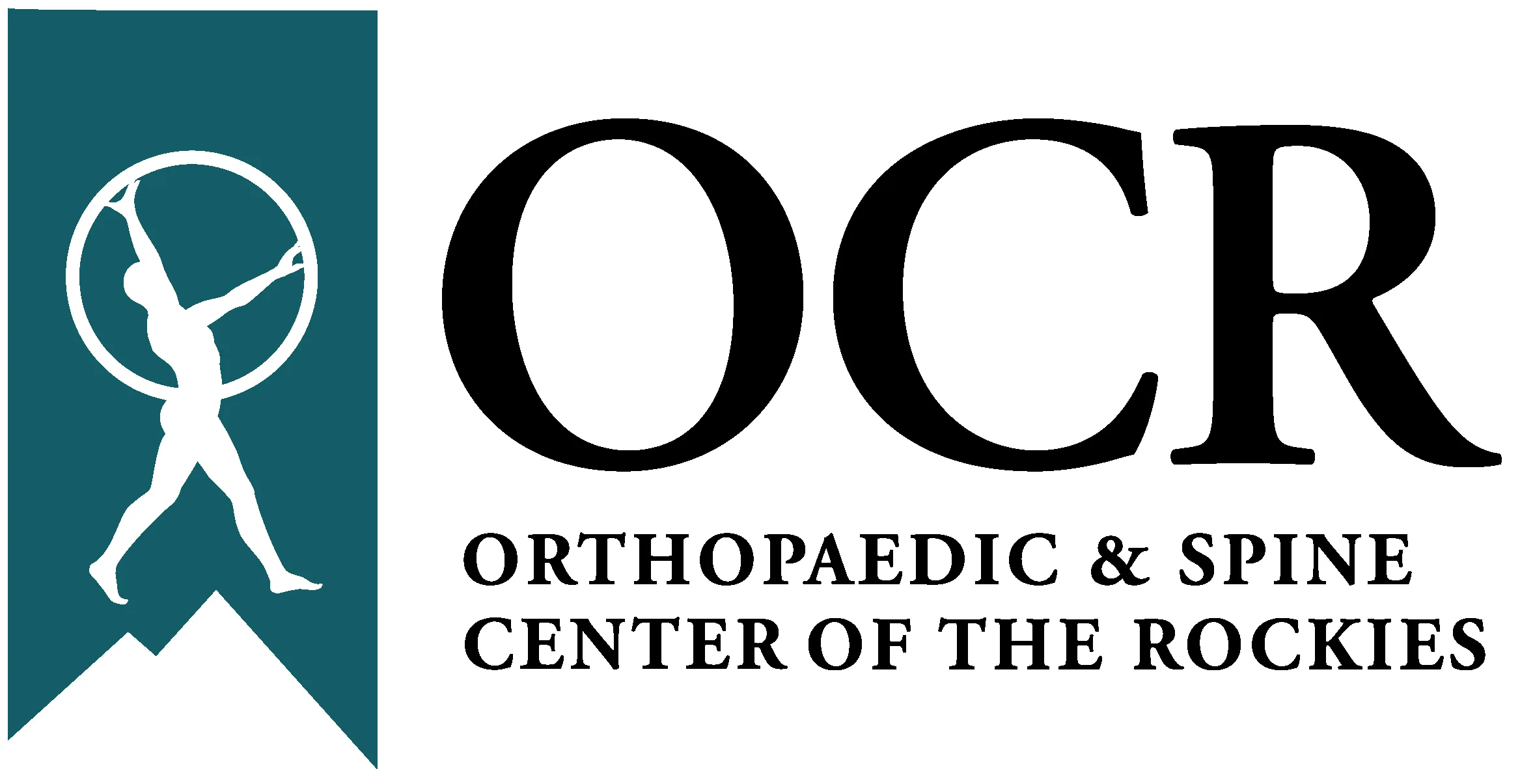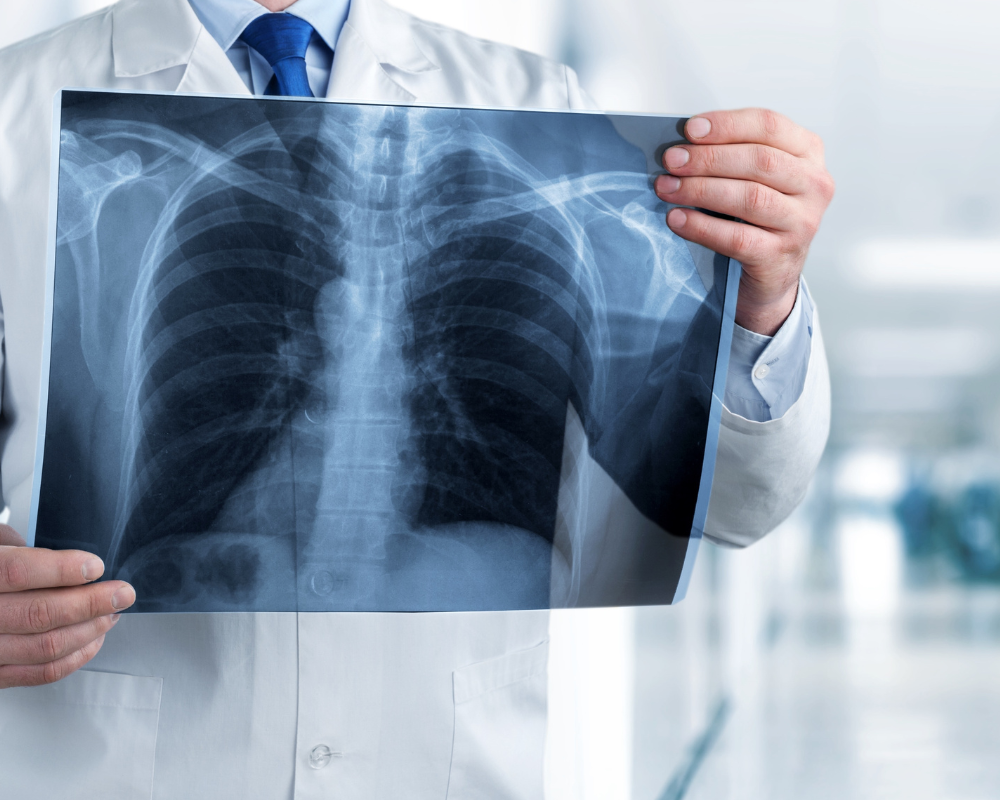Spine: Back, Neck & Pediatric Spine
The spine is a complex structure that plays an important role in our activities of daily life. These include holding up the head and upper body, supporting the body to stand straight, and providing flexibility for bending and twisting.
The spine consists of a total of 33 small bones called vertebrae. The vertebrae are aligned one on top of another, from the skull down to the pelvis.
The spine is divided into three main sections of vertebrae and related structures:
- Cervical — with seven small vertebrae that go from the skull to the upper chest.
- Thoracic – with 12 vertebrae from the upper chest to the middle back, connecting to the rib cage.
- Lumbar – with five large vertebrae in the low back to help support more of your body’s weight.
The back is supported by muscles and ligaments which provide stability and keep it in position; shock-absorbing intervertebral disks between the vertebrae; and facet joints on the backside of the vertebrae, which allow the spine to rotate.
What Causes Back Pain?
Your back consists of a complex arrangement of muscles, ligaments, tendons, discs and bones along the spine. Issues with any of these components can lead to strain or structural problems resulting in back pain.
Strain: The most common cause of back pain is a strain. Simply lifting an object the wrong way, lifting an object that’s too heavy or an abrupt or awkward movement can cause strain to the muscles in the back. While this may seem like a minor injury, the back pain can be severe.
Structural Problems: Back pain can be caused by many structural problems, including ruptured discs, bulging discs, Sciatica, arthritis, abnormal curvature of the spine and osteoporosis.
What are the Four Major Regions of the Spine?
The spine, or what’s commonly known as the backbone, is comprised of 33 interlocking bones called vertebrae. Each of the vertebral bodies are separated by intervertebral discs that act as shock absorbers for your spine. These discs are composed of two regions the inner or nucleus pulposus and the outer or annulus fibrosis. The nucleus pulposus is a jelly-like solution while the annulus fibrosis has a fibrous-like composition.
These bones are segmented into four regions:
- The Cervical Spine (Neck): The cervical or neck region is made up of seven vertebrae. The neck supports the weight of the head as well as protects the nerves that run from the brain to the rest of the body. A lot of neck pain can be caused by strain or sprain to the muscles, ligaments or tendons in the neck. The issues that cause neck pain usually heal on their own. However, pain that lasts longer than two to twelve weeks or has caused pain in the arm is likely a skeletal (spine) issue. If the pain continues down the arm to the hand and fingers, it could be caused by a cervical herniated disc or foraminal stenosis, which is a pinched nerve in the neck.
- The Thoracic Spine (Upper Back): The thoracic or upper-mid back region is made up of 12 vertebrae. The thoracic spine can be understood as a strong cage which is designed to protect vital organs like the heart and lungs. The upper back is not designed to move, so there is less chance of injury to this major region of the spine. However, there can be back pain in the upper back if it becomes irritated by a spinal compression fracture, strained muscles or joint issues in the shoulders. A less common cause of spine pain is a thoracic herniated disc.
- The Lumbar Spine (Lower Back): The lumbar region or lower back is made up of five vertebrae. The lower back can move much more than the upper back and is the region of the spine most commonly affected by back pain. The lumbar region carries the weight of the torso. The different motions that can be caused by the lumbar spine are at the L3-L4 and L4-L5 areas. These regions get a lot of wear and tear that can cause conditions like osteoarthritis or degenerative disc disease. The lower discs of the spine (L4-L5 and L5-S1) take on even more strain. This is most likely to herniate and can cause lower back pain and even numbness that can shoot down the leg to the foot. This condition is called sciatica.
- The Sacral Region (Bottom of the Spine): The sacrum (or pelvic region) and coccyx (or tailbone) complete the lowest part of the spine. This bone is shaped like a triangle and fits between the two sides of the pelvis. This then connects the spine to the lower body. When pain occurs in this area of the spine, it’s often called sacroiliac joint dysfunction.
Our Spine: Back, Neck & Pediatric Spine Specialists
Recent News On Spine: Back, Neck & Pediatric Spine









